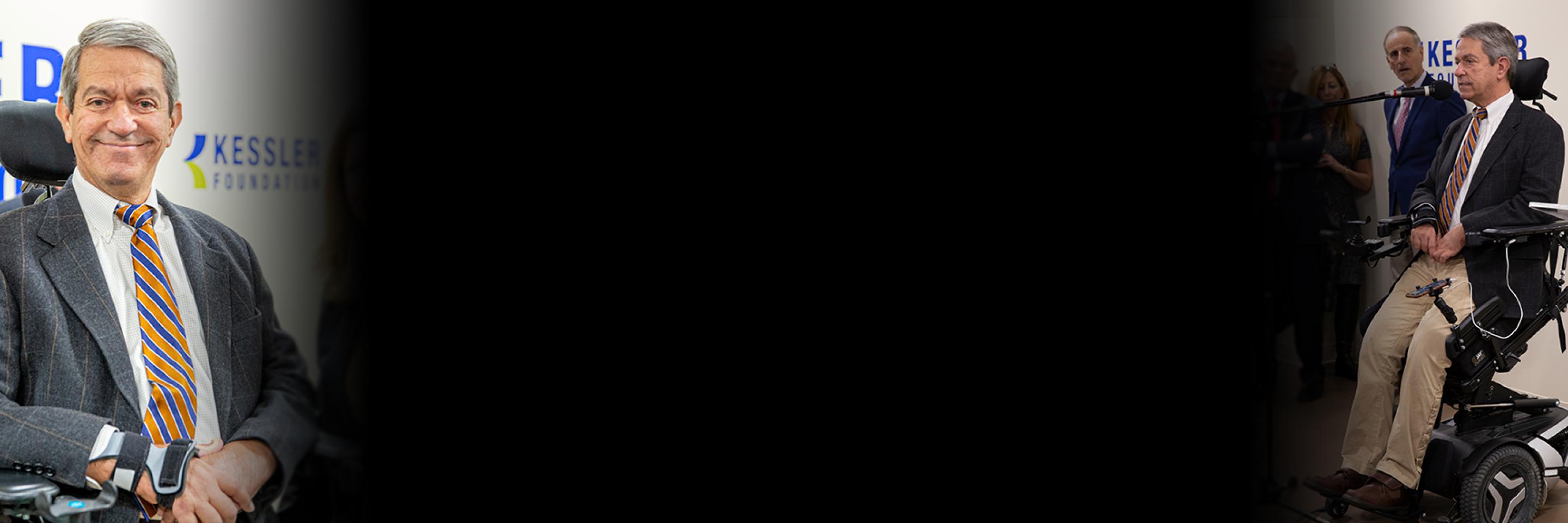
Tim and Caroline Reynolds Center for Spinal Stimulation
Stimulating the Spinal Cord to Regain Function
Recovery from spinal cord injury, long considered impossible, is now on the horizon. The Reynolds Center for Spinal Stimulation is accelerating the pace of discoveries, by studying robotic exoskeletons and stand training with stimulation of the spine for walking. Critical to the success of spinal stimulation is training the motor system, which relies on understanding the robotics gait and other mediums used during activity-based trainings.
Center Leadership
Center Leadership
-
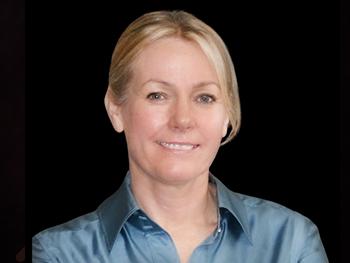
-
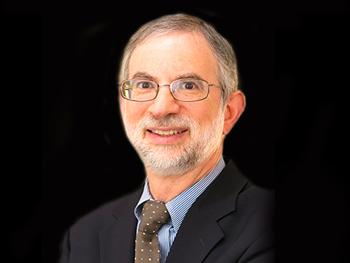
Chief Medical Officer
Kessler Foundation
Co-Director
Tim and Caroline Reynolds Center for Spinal Stimulation
-
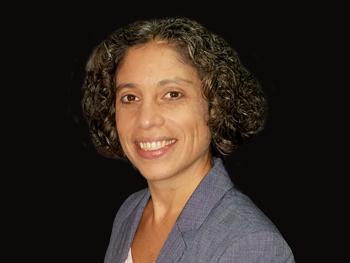
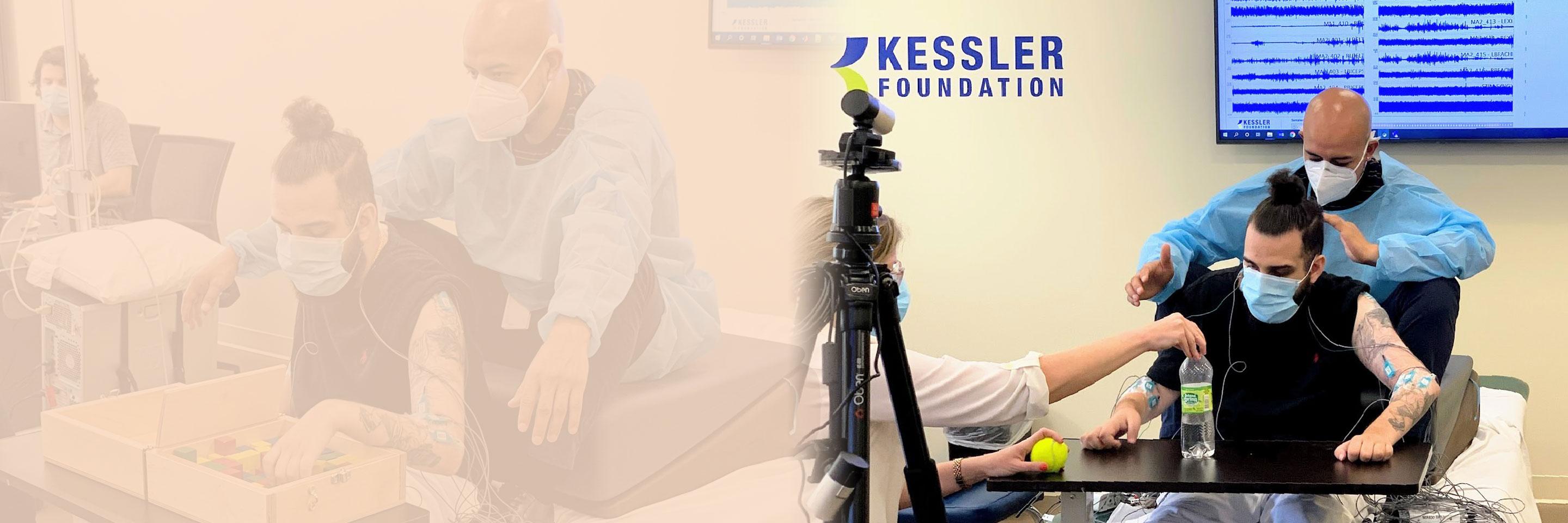
Transcutaneous and Epidural Stimulation
Spinal cord stimulation modulates neuronal networks and pathways, reawakening the cord’s ability to conduct impulses to paralyzed muscles. Two methods of stimulation are being studied—transcutaneous (stimulation pads are placed on the skin, over the spinal cord), and epidural (stimulation pads are surgically implanted directly onto the spinal cord).
2019 Evening of Discovery and Discussion. A panel discussion about our transcutaneous and epidural stimulation research.
Testing Transcutaneous Stimulation for Standing and Walking
Scientists and therapists already are making progress at Kessler’s West Orange, NJ location, where they use transcutaneous stimulation to improve standing and walking as well as arm and hand function, in individuals with spinal cord injury.
Improving Arm and Hand Function Using Transcutaneous Stimulation
Improving arm and hand function translates into significant gains in independence for individuals living with spinal cord injury. For Jimmy Brown, transcutaneous stimulation allows him to pour water from a pitcher to a glass - an important first step toward greater independence.
By activating the stimulator implanted in her spine, Kelly Thomas demonstrates her ability to stand and walk.
Enhancing Mobility with Epidural Stimulation
Epidural stimulation enables individuals like Kelly Thomas, paralyzed in a motor vehicle accident, to stand during stimulation. This approach has enabled two individuals with chronic spinal cord injury to regain voluntary movement. The Center will be the first East Coast facility to offer implantation of the epidural stimulator and the intensive postoperative physical training needed to achieve optimal results.
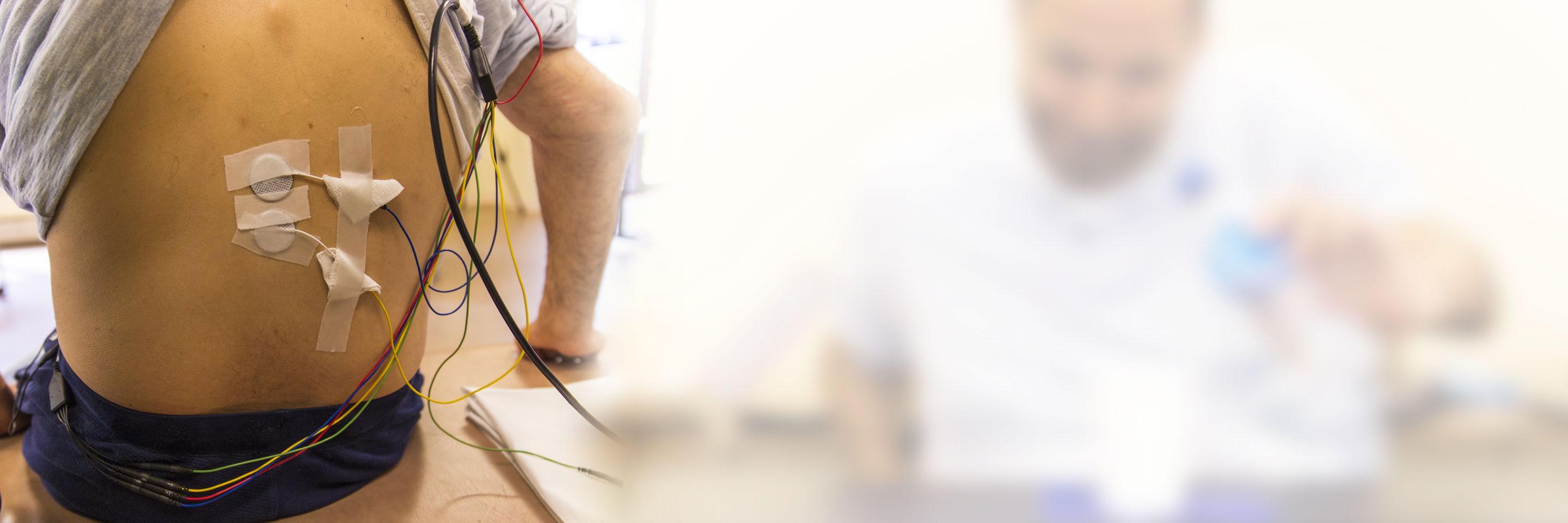
On the Horizon
“We are seeing other effects, including improvements in bowel and bladder function, temperature regulation, and cardiovascular and respiratory function,” Gail Forrest, PhD, the Center’s director reports. “These exciting early results inspire us to work even harder to build this line of research.” The Center’s team also plans to look at how combining different types of stimulation can facilitate spinal cord repair and functional recovery.
Multimedia

You Fuel Jimmy’s Competitive Drive and Give Him Hope
Sustaining a spinal cord injury (SCI) in 2004 didn’t change athlete Jimmy Brown’s competitive personality. He approaches his post-injury rehabilitation with the same drive he exhibited on the playing field as a pitcher for St. Peter’s University. By joining several Kessler Foundation research studies, Jimmy pushed himself to get stronger and improved fine motor skills in his hands and arms.
Now, he can help his wife, Francine, with chores and play catch with his kids thanks to advances in spinal stimulation research.
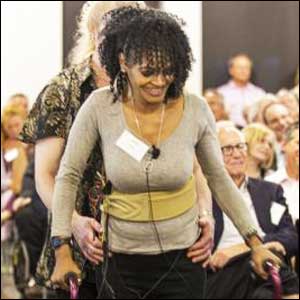
Natalie Jumpstarts Her Future, Thanks to You
Natalie Barrett was paralyzed from the waist down in a car accident. By participating in spinal cord injury research at the Tim and Caroline Reynolds Center for Spinal Stimulation, she can now get up out of her wheelchair and walk with assistance. Now, she wants to build the strength to walk on her own and use stairs.
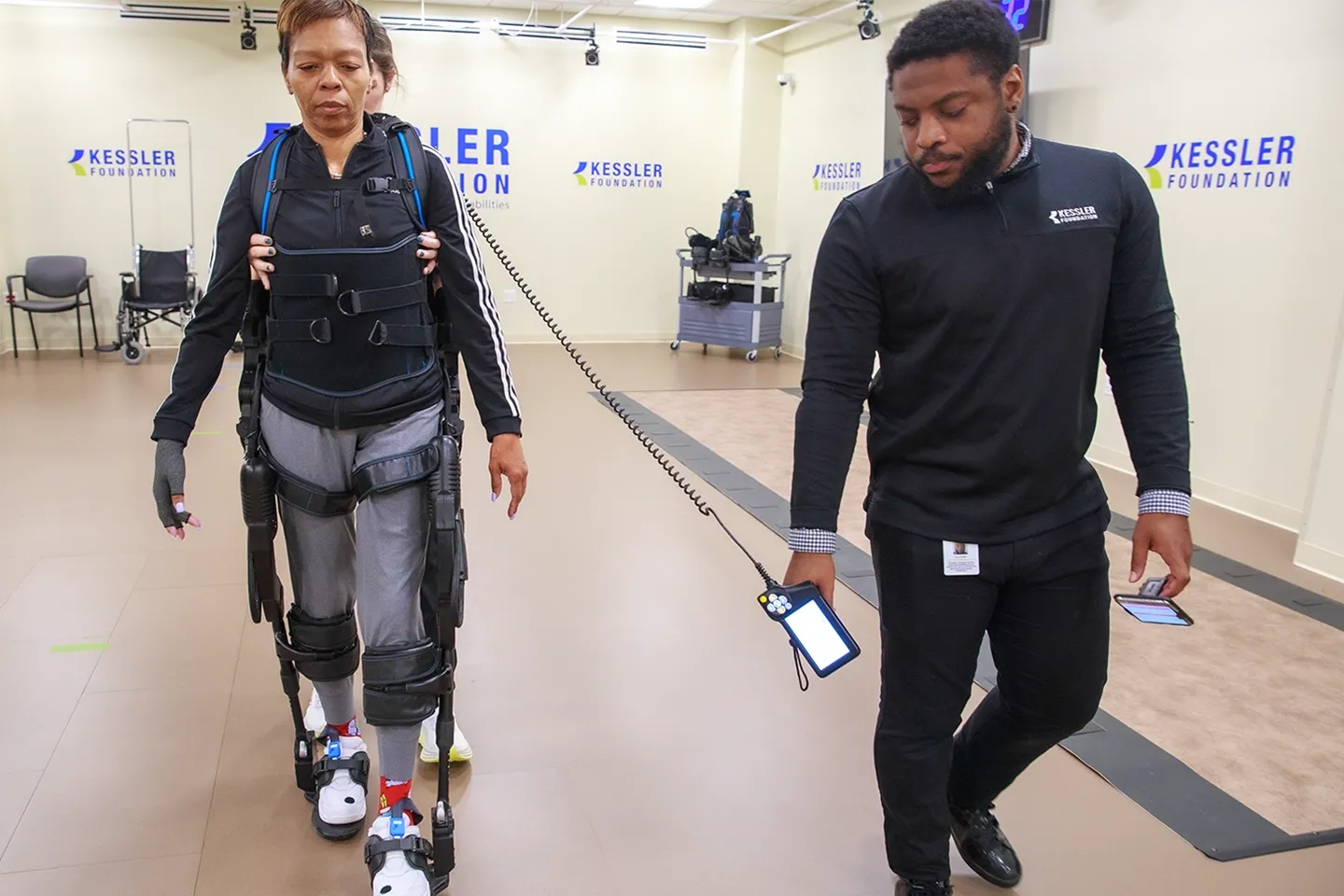
Join a Research Study Today
